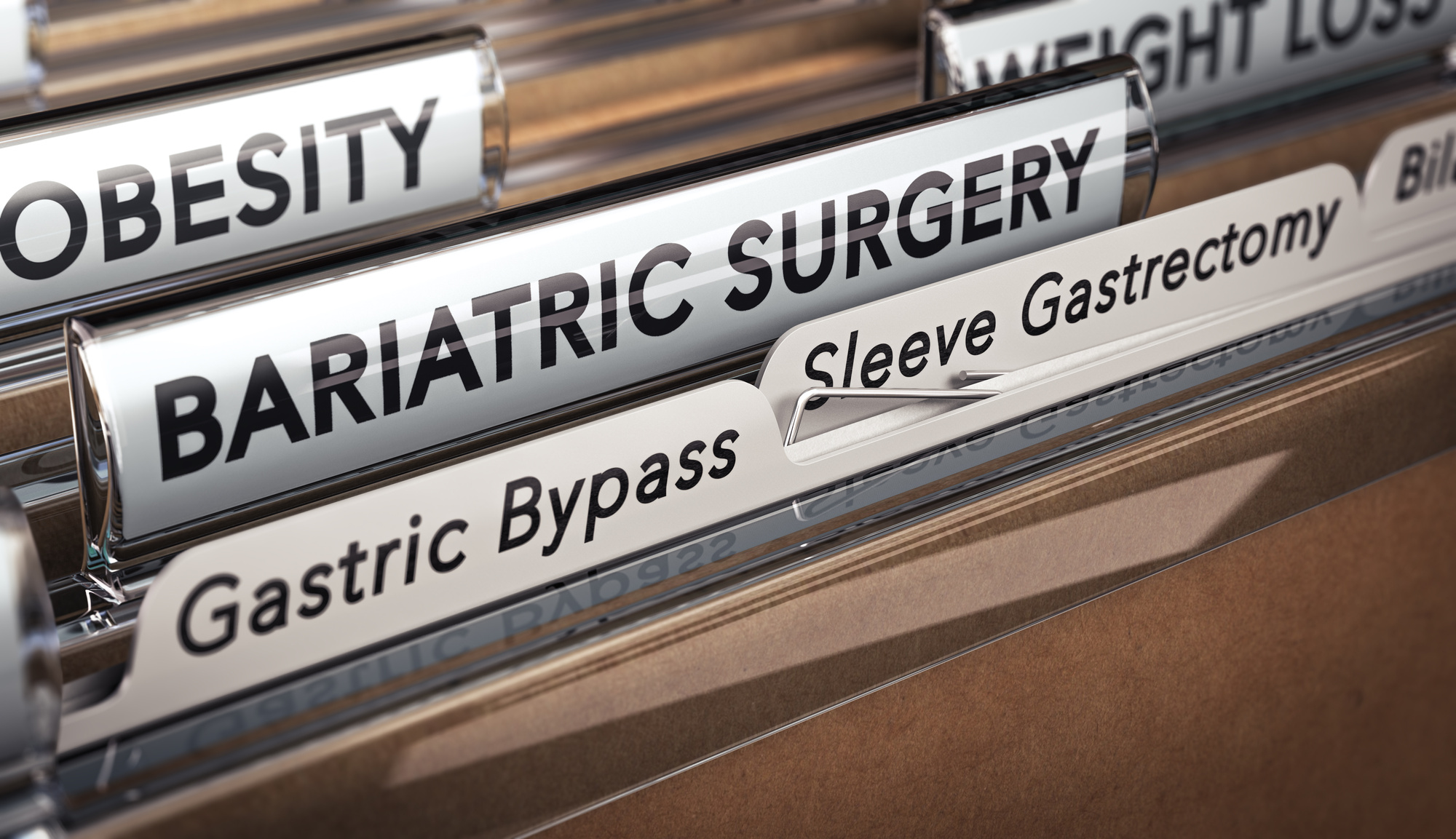Obesity affected 63.8% of adults in the UK from 2021 to 2022, and it continues to affect millions to this day. Carrying excess weight heightens the risks of diabetes, heart disease and even some cancers. While proper diet and exercise could help, sometimes, they’re just not enough or won’t work at all. For individuals with severe obesity, bariatric surgery is one of several solutions available.
But like any form of surgical procedure, bariatric surgery has several types and harbours pros and cons. Additionally, not everyone with obesity can be a possible candidate for it. This article outlines the different procedures available, analysing each one’s good and bad sides so you get to understand vital factors when considering options.

Understanding bariatric surgery
Bariatric surgeries promote weight loss by limiting how much patients eat and reducing nutrient absorption. Some procedures solely restrict food intake. Others mainly cause malabsorption. Many techniques combine restriction and malabsorption.
To ensure an effective procedure with minimal risks, finding a reputable weight loss surgery clinic in your area, like BodyFree AU, is essential. Patients are also advised to consult healthcare experts to gain insights on potential risks and the essential lifestyle modifications imperative for postoperative care.
Types of bariatric surgery
Surgery options for obesity can fall under one of three categories, which include:
A. Restrictive procedures:
-
Laparoscopic adjustable gastric band (LAGB)
In lap band surgery, a silicone belt gets clasped around the upper stomach through tiny cuts to limit intake. Doctors can then adjust how tight the band squeezes on the stomach via a port implanted under the skin.
Pros
Benefits include reduced food intake and increased feelings of fullness. LAGB may reverse obesity-related conditions such as heart disease and type-2 diabetes. The band is also non-permanent and reversible.
Cons
Bands may slip or erode through the stomach wall. Patients might need multiple adjustments over time aside from changing their eating habits. LAGB, depending on the specific procedure, could also be pricey.
- Sleeve gastrectomy
Sleeve gastrectomy removes 75% of the stomach, transforming the rest into a narrow tube to induce rapid satiety.
Pros
The procedure curbs hunger signals, and since stomach capacity is lessened, it also restricts food intake. Lastly, sleeve gastrectomy generally achieves significant weight loss within the first one to two years.
Cons
A sleeve gastrectomy is irreversible, meaning the removed portion of the stomach can't be restored. The surgery also contributes to nutritional deficiencies, especially inadequate iron, vitamin B12 and vitamin D intake. Finally, some patients may require revision surgery for complications like gastroesophageal reflux disease.
B. Malabsorptive procedures:
- Biliopancreatic diversion with duodenal switch (BPD-DS)
This complex, irreversible surgery reroutes the digestive system to limit absorption. First, surgeons remove part of the stomach. Then, they bypass sections of the small intestine, causing malabsorption.
Pros
The BPD-DS procedure prompts rapid and substantial weight loss, with over 70% excess loss typically attained. It also yields high diabetes remission rates by redirecting nutrients away from the duodenum. Additionally, the surgery reliably improves other obesity-related conditions.
Cons
BPD-DS poses a high risk of protein and micronutrient deficiencies, requiring lifelong vitamin supplements. The complex rerouting of nutrients also leads to more frequent, loose bowel movements. Moreover, the initial hospital stay is also longer than other surgeries, typically four to seven days.
- Single anastomosis duodeno–ileal bypass with sleeve gastrectomy (SADI-S)
In the SADI-S procedure, a significant portion of the stomach is removed, and the duodenum is directly connected to the distal small bowel. This alteration in nutrient flow leads to weight loss by reducing fat absorption and restricting food intake due to the smaller stomach size.
Pros
SADI-S has demonstrated a particular promise for resolving type-2 diabetes, with over 90% of patients achieving remission. It also averts ulcers by preserving stomach tissue and acid secretion. Most patients usually attain 60-70% excess weight loss within one year post-surgery.
Cons
Research reveals that 30.2% of patients experience loose stool and gastroesophageal reflux disease (GERD) symptoms post-surgery due to expedited nutrients through the intestines. Nutrient deficiencies also remain prevalent, requiring vitamin supplements. Finally, the procedure irreversibly alters digestion and carries a risk of intestinal obstruction.
C. Restrictive-malabsorptive procedures
- Roux-en-Y gastric bypass (RYGB)
Roux-en-Y surgery seals off much of the stomach, leaving only a small, egg-sized pouch to limit food capacity. Attaching this pouch to the downstream intestine also enables calorie malabsorption by bypassing critical digestive organs.
Pros
RYGB is said to reliably elicit 60-80% excess weight loss within the first one to two years. It also enhances glycemic control and lowers cardiovascular risk factors. Additionally, RYGB reduces hunger by minimising ghrelin secretion from the stomach.
Cons
RYGB poses challenges like intestinal obstructions, abdominal hernias and ‘dumping syndrome’ when eating sugars. Lifelong nutritional supplementation is also requisite after surgery. Lastly, the complicated intestinal rerouting makes RYGB generally irreversible.
Comparing the options
Restrictive surgeries mainly downsize the stomach to limit food intake. Meanwhile, malabsorptive techniques reroute digestion to reduce nutrient absorption. Combined procedures incorporate both mechanisms for amplified weight loss. However, the optimal approach depends on the individual—their health profile, goals and commitment to lifelong lifestyle changes.
It is imperative to engage in open and transparent conversations with your healthcare provider to ascertain the most suitable option tailored to your specific needs and circumstances.
Additional considerations
While effective for many, bariatric surgery carries risks. Full recovery takes time and discipline. Patients must embrace lifestyle changes—like healthy diets and frequent exercise—for enduring success.
Counselling services can also help individuals navigate psychological aspects surrounding dramatic weight loss and shifting body image. Patients with past obesity are likely to experience depressive symptoms, necessitating the need for mental health management, too.
Conclusion
Bariatric surgery can result in significant weight loss for some obese patients. Then again, this can only be possible with comprehensive lifestyle changes. So, individuals interested in going this route should understand the pros and cons of each method, along with the commitments required post-surgery.
One should also consult medical professionals to determine if surgery is appropriate and, if so, which procedure is most suitable based on specific circumstances. Together with doctors, patients can make fully informed decisions about the next steps for improving their health for the long term—it ought to be a collaborative process after all.






